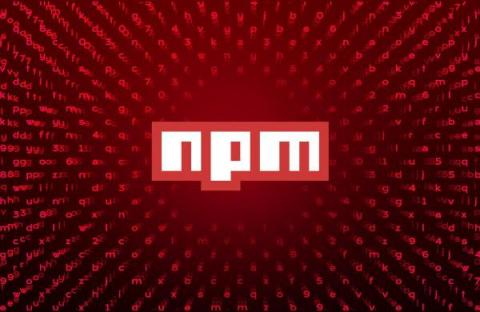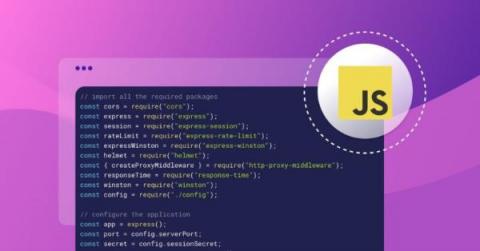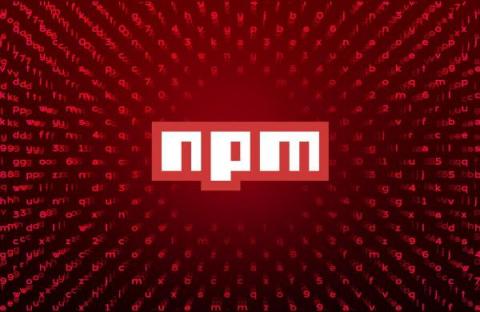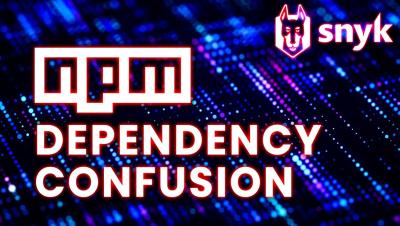The security concerns of a JavaScript sandbox with the Node.js VM module
Were you tasked with building a product that requires the execution of dynamic JavaScript originating from end users? You might think building it on-top of Node.js VM module is a viable way to create a JavaScript sandbox. In this article, we’ll learn why that’s far from being a recommended approach and the security implications of doing so. Every now and then there’s a project that challenges the rudimentary and routine backend development. APIs? Message queues?











